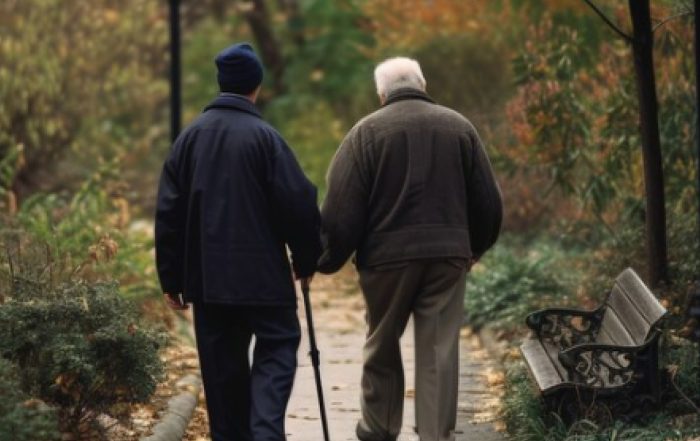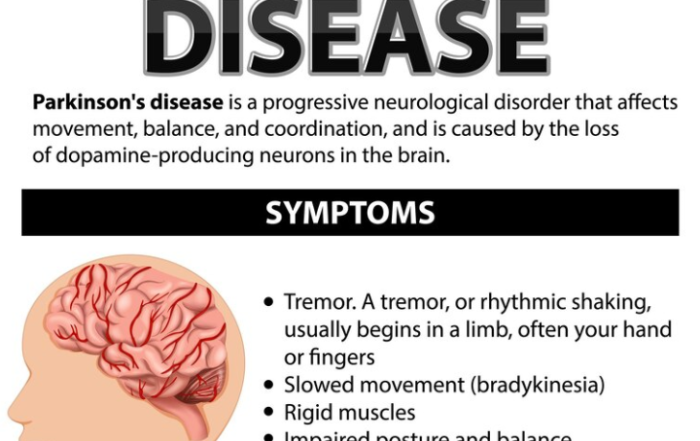While skin bruising isn’t a normal part of aging, increased susceptibility to bruising often is.
As we age, our skin thins, our blood vessels weaken, and the protective layer of fat beneath the dermis dissipates. This, combined with a number of common medical and health conditions, often means that minor bumps and scrapes can cause visible bruising in older people.
So when is skin bruising benign, and when is it cause for concern? Pay attention to your senior loved one’s skin and learn when to seek medical attention for a bruise.
Senile Purpura
Senile purpura is a general medical term for older people’s tendency to bruise easily. It affects about 10 percent of people over 50 and gets increasingly common with age.
This benign condition is not a cause for alarm unless the bruising is widespread or unusual in some way. Seniors living with senile purpura likely can’t account for each mark or blemish, because they are typically brought on by very unmemorable events, like bumping the corner of a table.
Fortunately, any bruising brought on by senile purpura is likely to fade within in few weeks.
Unusual or Excessive Bruising in Seniors
If you notice that your senior loved one suddenly has bruising that is widespread or in an unexpected area of the body, you may need to investigate further.
Some medications and conditions may cause bruising.
Blood thinners, or anticoagulant medications, are commonly prescribed to people at risk for a stroke or heart attack. These medicines can contribute to bruising because they cause the blood to flow more freely beneath the skin when there is trauma to the vessels.
Before you attribute bruising to your senior’s medications, however, check in with your doctor. Heavy bruising can be a warning sign of several health conditions like:
- Clotting disorders
- Anemia
- Thrombosis
- Diabetes
- Liver disease
- Bed sores
Accidental Bruising
Bruises on the hands, feet, arms, and legs may indicate that your senior needs help navigating the activities of daily living.
Tasks like getting in and out of the shower, navigating a cluttered home, or reaching for items on a high shelf can lead to minor injuries (and large bruises). Seniors who want to remain independent may benefit from in-home personal care services. Care professionals can assist with older adults’ daily routine and help prevent falls and accidents.
Abusive Bruising
In certain circumstances, bruises can also be a warning sign of elder abuse.
90 percent of legitimately accidental bruising occurs on the arms and legs. For this reason, unexplained marks on the neck, torso, or near the genitals are cause for extra concern.
Talk to your loved one about any worrisome marks. Even older adults suffering from memory issues may be able to describe a traumatic or abusive encounter if prompted.
If you have any lingering concerns, don’t hesitate to speak with your health care provider – they can help you distinguish accidental bruising from signs of abuse.




